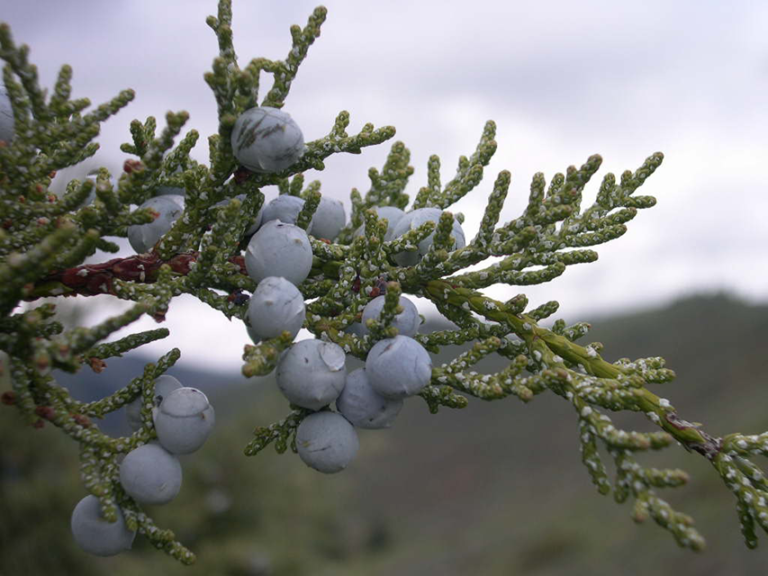Respecting the Cedar: Bill Seward
Featured Plant
p’tth’une’ulhp | Juniper
The Rocky Mountain juniper occurs primarily in the southern interior of the province, but also may be found in dry, rocky places in the Strait of Georgia. This shrubby tree is notable for its prickly needles and berry-like fleshy cones. Locally, this species is referred to simply as juniper, or sometimes as “pencil cedar”.
